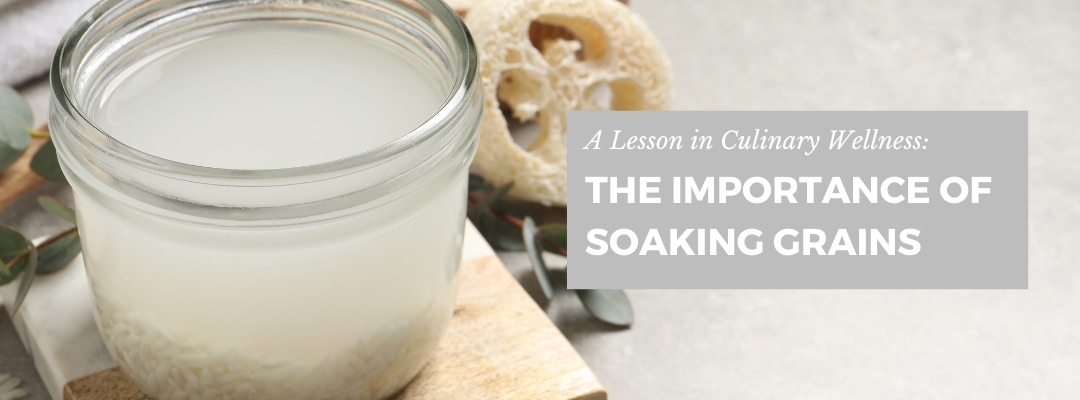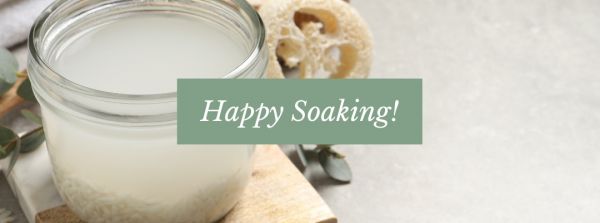
Beat The Bean And Grain Bloat With These EASY Tips!
25 October 2023 by Leanne Scott

Here at the NTA, we are in full back-to-school mode! One of the new things that we are rolling out at the NTA is a weekly educational newsletter! This community is full of lifelong learners, so we thought it would be fun to share some nutritional wisdom. Without further ado... today we are going to focus on culinary wellness, specifically the process of soaking.
Some foods, particularly those that are high in food phytate like grains, pulses, nuts, and seeds, need to be properly prepared through specialized techniques so their minerals become bioavailable.
You can soak whole grains, pulses, nuts, and seeds. Effective soaking involves three key components: moisture, warmth, and time. Soaking freshly cracked or coarsely ground grain also results in greater deactivation of food phytate and better release of minerals.
What are the Benefits?
- Soaking reduces food phytate in many foods
- Helps to make minerals more bioavailable
- May make foods easier to digest
- Shortens cooking time
Are there any drawbacks?
- Soaking takes time and advanced planning
- For example, if you plan to have oatmeal porridge on Tuesday morning, you must remember to soak oatmeal on Monday night. Some people may struggle with advanced planning or incorporating an extra preparation into their routine, particularly when they are already making other changes to their diets and lifestyles.
- Sometimes, other nutrients and phytochemicals are lost in the soaking water that gets tossed out
What foods should I soak?
- Most grains, pulses, nuts, and seeds benefit from soaking
- Whole grain flours can also be soaked by mixing them with the liquid portion of the recipe in advance, covering them tightly, and allowing them to sit at room temperature overnight or up to 12 hours
- For people who are deeply concerned about phytates, keep in mind that some tubers, like yams, are also high in this compound
- Grains that are rich in phytase, like wheat and rye, will see greater benefit from soaking than grains, like rice, oats, quinoa, and soy beans, which have relatively poor quantities of phytase; for these foods, sprouting may be the best choice, and sprouted versions of these foods are widely available at natural markets for those who haven’t the time or do not wish to prepare them
Ready to try it for yourself? How to soak your grains:
- Measure your whole grains and pour them into a bowl. Cover them with 1 1/2 times their measured volume with hot water (113° - 131° F). For example, 1 cup grains would need 1 1/2 cups hot water and 2 cups grains would need 3 cups hot water. Add 1 to 2 tablespoons vinegar, lemon juice, or sourdough starter to the soaking liquid if you like. Cover the bowl and place it in a warm spot in the kitchen. Allow the grains to soak at least 8, and up to 24 hours.
- Drain the grains by pouring them in a fine-mesh sieve, and then cook them as you normally would, keeping in mind that soaking may reduce cook time by as much as one third. Grains cooked in bone broth are particularly nice. Alternatively, cook the grains directly in their soaking liquid.


Leanne Scott
Leanne is a Board Certified Functional Nutritional Therapy Practitioner, Integrative Health Coach and Director of NTA Australia/NewZealand. She hopes to transform the health of future generations through loving support and self empowerment. Find Leanne at purecorenourishment.com.au
